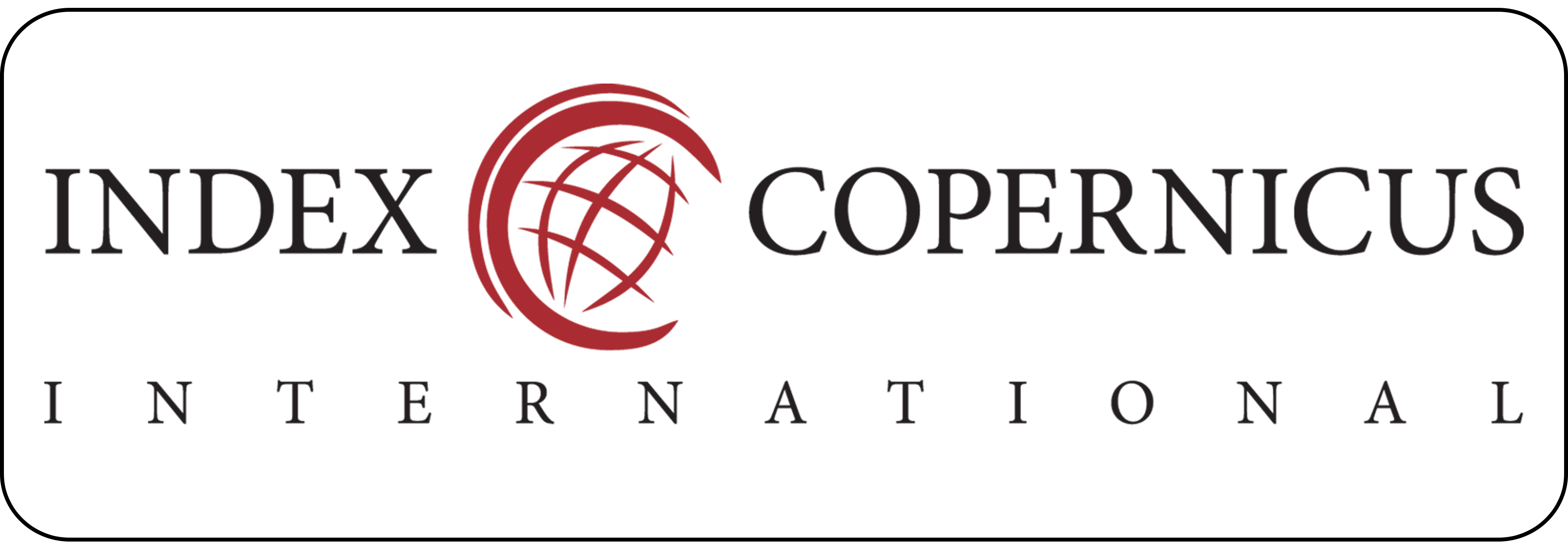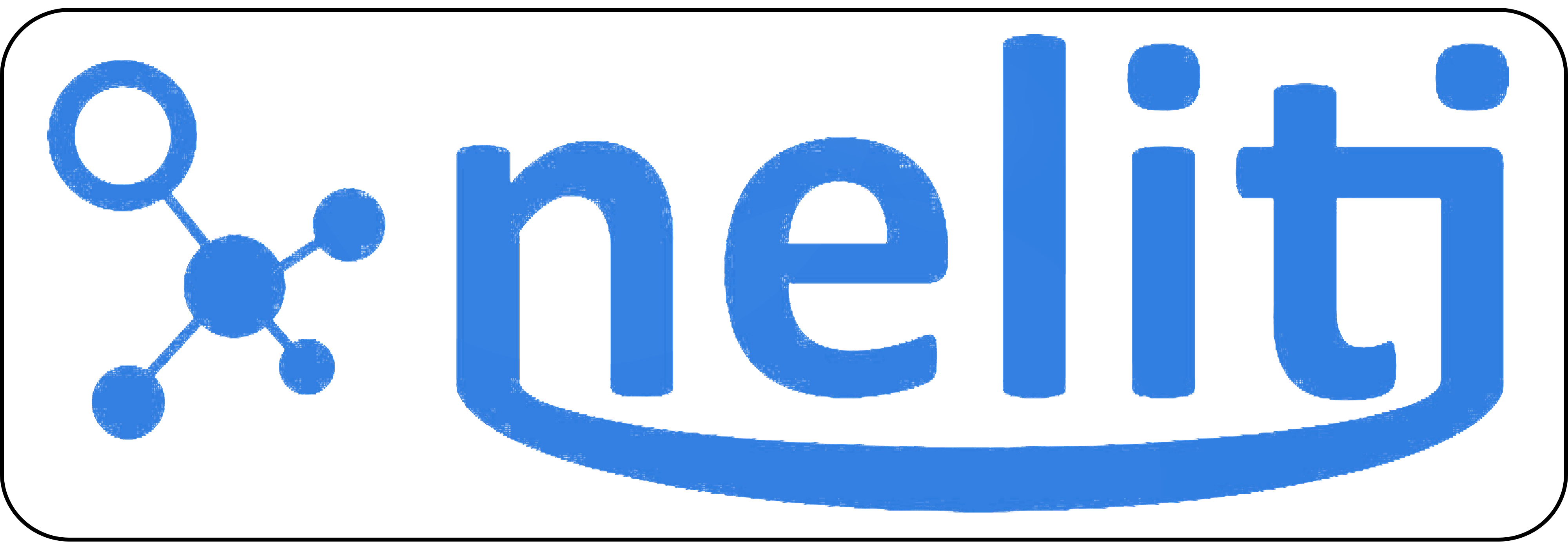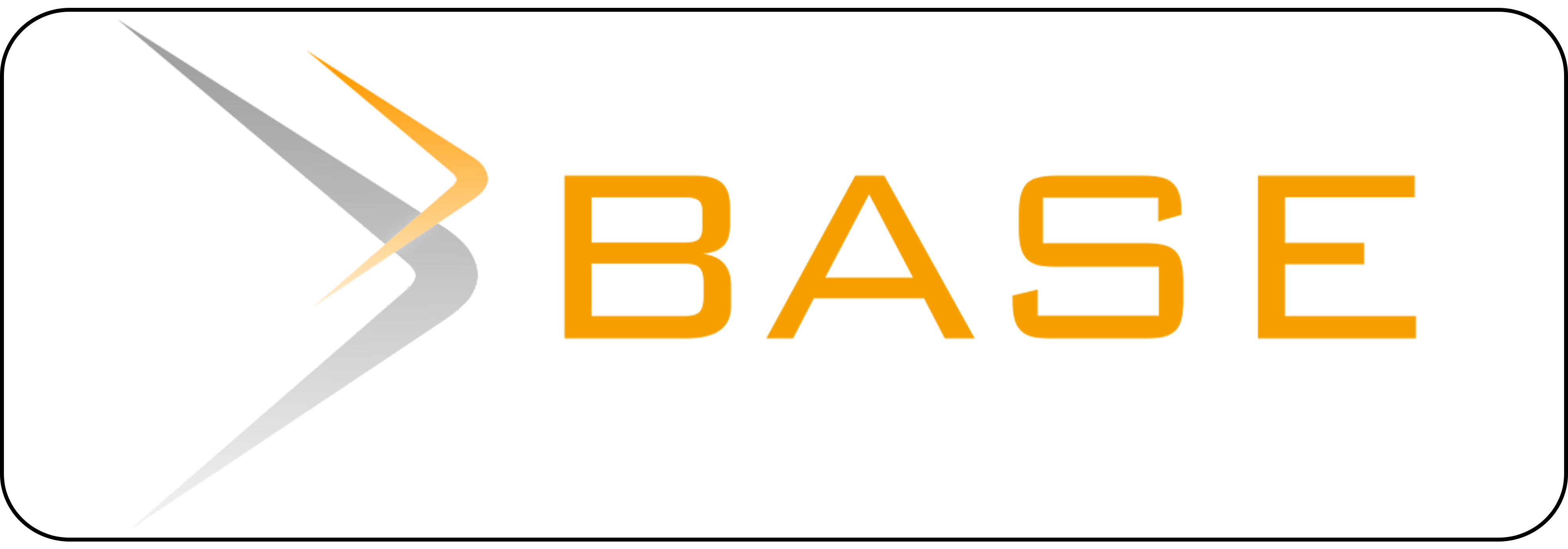Level Kognitif Taksonomi Bloom pada Soal Mata Pelajaran Bahasa Indonesia
DOI:
https://doi.org/10.25299/j-lelc.2023.12094Keywords:
cognitive level, bloom, Indonesian languageAbstract
This study aims to determine the percentage of the cognitive level of Bloom's Taxonomy in the even semester final exam questions for class X Indonesian at SMKN 2 Pekanbaru with a total of 50 multiple choice questions. This type of research uses a qualitative approach with descriptive methods, in which the results of the research will be described, analyzed, interpreted, and concluded. Data collection techniques used are documentation techniques, and hermeneutic. The data analysis technique used is content analysis. The results showed that the percentage for level 1 (knowledge and understanding) or LOTS percentage found was 56% with the cognitive remembering (C1) category of 16%, and understanding (C2) of 40%. Furthermore, level 2 (application) or MOTS percentage found is 6% with the cognitive category of applying (C3) of 6%. While level 3 (application) or HOTS percentage found was 38% with the category of cognitive analyzing (C4) of 36%, evaluating (C5) of 2%, but no level questions were found in the cognitive category of creating (C6).
Downloads
References
Anderson, L. W. Dan Krathwohl, D.R. (2017). Kerangka Landasan untuk Pembelajaran, Pengajaran dan Asesmen. Yogyakarta: Pustaka Pelajar.
Arikunto, Suharsimi. (2002). Prosedur Penelitian: Suatu Pendekatan Praktek. Edisi revisi. Jakarta: Rineka Cipta.
Departemen Pendidikan Nasional, (2008). Kamus Besar Bahasa Indonesia Pusat Bahasa. Jakarta: Gramedia Pustaka Utama
Kementerian Pendidikan dan Kebudayaan, (2019). Modul Penyusunan Soal Keterampilan Berpikir Tingkat Tinggi (Higher Order Thingking Skills) Bahasa Indonesia. Jakarta: Direktorat Pembinaan SMA
Lestari, E.A., Abadi, S., Nawawi, S. (2020). Analisis Aktivitas Belajar dan Level Kognitif Siswa pada Materi Bakteri Kelas X, Jurnal Penelitian dan Pembelajaran MIPA. 5 (1): 22-34.
Moleong, Lexy J. (2007), Metodologi Penelitian Kualitatif. Edisi Revisi. Bandung: Remaja Rosdakarya.
Mukhlis, Muhammad, H. K. W. (2021). Pelaksanaan Prosedur Evaluasi Pembelajaran Bahasa Indonesia Di SMK Pekanbaru Pada Masa Pandemi. Stilistika: Jurnal Pendidikan Bahasa dan Sastra, 14(2), 109-120. DOI: https://doi.org/10.30651/st.v14i2.8262
Pertiwi, S.A., Arini, W., Widiana, W. (2016). Analisis Tes Formatif Bahasa Indonesia Kelas IV Ditinjau dari Taksonomi Bloom Revisi. e-Journal PGSD Universitas Pendidikan Ganesha. 4 (1): 1-11.
Prawira Adam, J.Y., Romadhony, A., Setiawan, E.B. (2022). Klasifikasi Teks Soal Ujian Berbasis Indonesia Berdasarkan Ranah Kognitif Taksonomi Bloom. e-Proceeding of Engineering. 9 (3): 1952.
Sugiyono. (2017). Metode Penelitian Kualitatif. Bandung: Alfabeta.
Susanto, A., & Rahmah, P. (2021). Analisis Tingkat Kognitif Soal Pada Lembar Kerja Peserta Didik (LKPD) Matematika MTs. Alauddin Journal of Mathematics Education, 3 (1), 75-85. DOI: https://doi.org/10.24252/ajme.v3i1.20941
Hamidy, UU, E.Y. (2003). Metodologi Penelitian, Disiplin Ilmu-ilmu Sosial dan Budaya. Pekanbaru: Bilik Kreatif Press
























